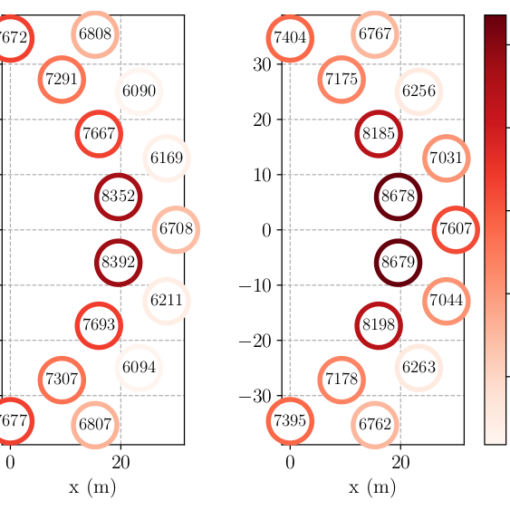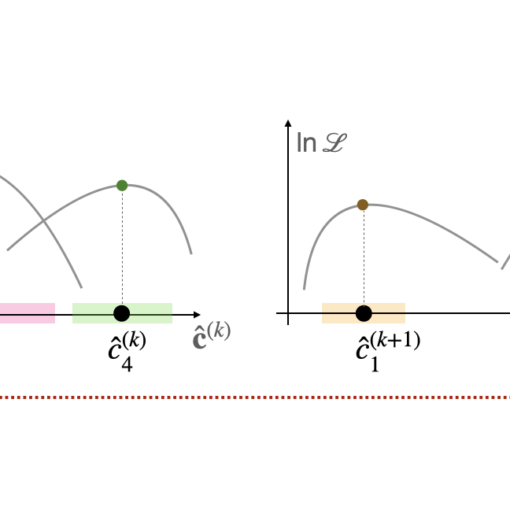A new MOX report entitled “Using marginal structural joint models to estimate the effect of a time-varying treatment on recurrent events and survival: An application on arrhythmogenic cardiomyopathy” by Gregorio, C.; Cappelletto, C.; Romani, S.; Stolfo, D.; Merlo, M.; Barbati, G. has appeared in the MOX Report Collection.
The report can be donwloaded at the following link:
https://www.mate.polimi.it/biblioteca/add/qmox/61/2022.pdf
Abstract: In many clinical applications to evaluate the effect of a treatment, randomized control trials are difficult to carry out. On the other hand, clinical observational registries are often available and they contain longitudinal data regarding clinical parameters, drug therapies, and outcomes. In the past, much research has addressed causal methods to estimate treatment effects from observational studies. In the context of time-varying treatments, marginal structural models are often used. However, most analyses have focused on binary outcomes or time-to-the-first event analyses. The novelty of our approach is to combine the marginal structural methodology with the case where correlated recurrent events and survival are the outcomes of interest. Our work focuses on solving the nontrivial problem of defining the measures of effect, specifying the model for the time-dependent weights and the model to estimate the outcome, implementing them, and fina! lly estim ating the final treatment effects in this life-history setting. Our approach provides a strategy that allows obtaining treatment effect estimates both on the recurrent events and the survival with a clear causal and clinical interpretation. At the same time, the strategy we propose is based on flexible modeling choices such as the use of joint models to capture the correlation within events from the same subject and the specification of time-dependent treatment effects. The clinical problem which motivated our work is the evaluation of the treatment effect of beta-blockers in arrhythmogenic right ventricular cardiomyopathy (ARVC/D), and the dataset comes from the Trieste Heart Muscle Disease Registry.




